What if the key to preventing behavioral problems and nurturing a calm, joyful dog wasn’t about more exercise or endless toys—but about understanding their natural instincts and emotions?
In this inspiring conversation, I sit down with world-renowned dog trainer and educator Susan Garrett to explore the science and heart behind canine enrichment. Susan, a multiple-time agility world champion and founder of DogsThat.com, has spent decades helping people build extraordinary relationships with their dogs through kindness, clarity, and game-based training.
We uncover why true enrichment is so much more than keeping your dog “busy”—and how it can transform your dog’s wellbeing and the bond you have.
Happier, Healthier Dogs – with Susan Garrett
Early Influences
Dr. Peter Dobias:
Susan, I’m so glad we finally get to chat. I’ve admired your work for years. Before we dive into dog training, could you share how you got started—not just as a trainer, but as a person? Who are you behind all the accolades and championships?
Susan Garrett:
Thank you, Peter! It’s great to finally connect; we use so many of your products on all of our dogs here! This is an interesting question that I've never been asked before. And I think they both have influenced each other tremendously. I believe anyone who owns a dog is, in some way, a dog trainer, and our dogs influence us as much as we influence them. Science now confirms what I always sensed: living with dogs actually shapes our neural pathways.
I grew up in a big family—seven brothers and two sisters. My brothers had a huge influence on me, and I was a tomboy, always into sports. I was inspired by people like John Wooden, Lou Holtz, and Zig Ziglar. Positivity was a big theme in my life. I remember listening to Norman Vincent Peale’s The Power of Positive Thinking on repeat for months!
My sister, who was seven years older, showed dogs in confirmation. That’s when I fell in love with the world of dogs. By my teens, I was helping her, and when I wasn’t, I’d watch the obedience ring in awe. Back then, in the seventies, training was filled with kindness. It seemed magical and out of reach, but it planted a seed.
I went on to study animal behavior at the University of Guelph. I became fascinated with how behavior is influenced, not just in dogs but in all animals. I worked with horses and, believe it or not, cows were my first love. Milking cows at 5 a.m. taught me a strong work ethic and deepened my love for animals—not just dogs.

The Philosophy of Dog Training
Dr. Peter Dobias:
If you could distill your training philosophy into one sentence, what would it be?
Susan Garrett:
“Our dogs are doing the best they can with the education we’ve given them in the environment we’ve put them in.” And that is an influence of the late by Dr. Wayne Dyer, who used to say that about people. Something very similar. Everybody you meet is doing the best they can.
The Science of Animal Behavior
Dr. Peter Dobias:
How has your understanding of animal science and behavior evolved over time?
Susan Garrett:
We’re both scientists, and we both understand that science is a glimpse of truth today. It isn’t truth forever. It’s an accumulation of what we know. And so, I look at what we know in the world of reinforcement-based dog training—or force-free dog training, or whatever label you want to call it—and it is so much more than what we knew 25 years ago, when I watched dogs in the seventies.
Back then, dogs weren’t trained with food or toys. They were trained with the idea that the absence of punishment—if you did things correctly—was the reinforcement you got. That was my upbringing in the 60s.
I don’t think it’s a coincidence that, even in today’s world, there’s still a huge facet—I would say probably the majority—of dog trainers, and definitely the majority of the popular social media dog trainers, who believe in opposition to me. They believe that reinforcement has a huge role in dog training, but dogs need to “know it, damn it.”
Whereas I truly believe that dogs are doing the best they can with the education they’ve been given. And if you believe dogs are testing you or testing boundaries, then when a dog does something that you think you’ve taught and they “should know better,” immediately you can’t help but feel wronged. Ego steps in, and you might grit your teeth when you’re training.
Now, it might escalate from there. Some people might start screaming or throwing things or harshly correcting their dog. But even for the most perfect human being who trains this way, there’s still going to be a moment of, “You’re doing that to me.” What kind of neurochemicals are being dumped into our system in that moment? How does that cortisol affect us?

The Human-Dog Connection
Susan Garrett:
There was a great study done at the University of Naples, I believe in Italy. I actually went to visit the lab and talked to the scientist who did this study, because I was so fascinated by it. Giovanni—I can’t remember his last name—had a lab where they collected sweat samples from people.
In one group, they showed participants a really scary Stephen King movie so the people watching were terrified, and then they collected sweat samples. In the other group, they had people watch a funny, heartwarming Disney movie and collected those sweat samples too.
What they did then was set up an experiment. A stranger sat in a small cubicle reading a newspaper, and dog owners from the neighborhood were invited to participate. The owners would walk their dogs into the cubicle, sit on a little chair, and let the dogs settle. Then, the researchers brought in a box containing either sample A or sample B—the sweat from the Stephen King group or the Disney group.
It was remarkable—over 90% of the time, the dogs reacted to the emotional scent. If the box contained the “Disney smell,” the dogs softened. They wiggled their way over to the stranger and approached with loose, friendly body language and wagging tails. But if the box had the “Stephen King smell,” about 90% of the dogs became suspicious. They might growl, retreat, or even hide behind their owner’s legs.
To me, this was proof: our emotions are directly going down the leash—or even just into the room—and affecting our dogs.
The Vito Game
Dr. Peter Dobias:
Can you share a story where a dog surprised you—when he learned something unexpected or taught you something you didn’t expect?
Susan Garrett:
It happens daily—dogs surprise me all the time. Especially with puppies, I’m always looking for those light bulb moments where they think, “Ah, I get it. We can work together now.” I want them to have autonomy, to make choices. My job is to create an environment where they want to choose what I want—and then I reinforce that choice.
One of my favorite examples is the Vito game, which I learned from a student in Italy. You sit with two targets (like paper plates) on either side and drop a treat on whichever plate the puppy moves toward. Soon, they’re going back and forth between the plates.
Then you add a cone in the middle. At first, it touches you, so the puppy has to go around it. Gradually, you move the cone out to create a gap. When the puppy tries to cut through, you give no treat. Eventually, they figure it out: “I only get cookies when I go around the cone.” That’s the moment they become problem solvers—and they love it.
What is Canine Enrichment?
Dr. Peter Dobias:
What does enrichment really mean for dogs?
Susan Garrett:
Enrichment feeds into the natural drives and emotions of the dog. There's enrichment with socializing, there's enrichment with engagement, there's enrichment for fitness and for conditioning.
Good enrichment creates what we call a positive CER, a positive conditioned emotional response, which is what the dog feels when they are engaged in an enrichment activity. It has a level of challenge. For example, if I just give my dog a bone every day and it's the same bone every day it will not be very enriching. Which brings me to another point about enrichment – there needs to be variety.
Feeding into Natural Drives
Dr. Peter Dobias:
Pax loves to chase when I move things quickly! And when I let him get something, whether it's a toy or even a leash that we have tied in a knot, he loves to shake it.
Susan Garrett:
That is the cycle. It's stalk, chase, bite. The shaking is the kill. You're giving great demonstrations of that!
How do people learn about what their dogs' preferences are and safely tap into them?
Susan Garrett:
Let’s say we have a dog who loves to chase squirrels. That drive comes from what’s called the canine predatory motor sequence—a hardwired program dogs have carried for hundreds of years. It begins with a sight, sound, or smell that triggers alertness, then moves to locating, stalking, chasing, biting to grab, biting to kill, eviscerating, and finally consuming.
In domestic dogs, breeding has exaggerated or diluted parts of this sequence. For example, Border Collies often stalk, while Jack Russells are natural hunters – often used for ratting.
As a trainer, I pay attention to which part of the sequence stands out in each puppy. Some love squeaky toys—this reflects the bite-grab instinct. Others want to rip them open, showing a drive for evisceration. Many dogs love to use their noses; for them, hide-and-seek games that involve scenting and locating food or toys are deeply satisfying.
I never let puppies destroy stuffed animals, as that can lead to dangerous habits and even surgeries from impactions. Instead, I redirect those instincts with safe alternatives like puppy bombs—toilet paper rolls folded and filled with treats that they can safely shred.
By understanding your dog’s natural drives you can create enrichment activities that satisfy their deepest needs in a healthy, safe way.

What Enrichment Is (and Isn’t)
Enrichment is about feeding into your dog’s natural drives and emotions in a safe, healthy way. It helps them use their energy constructively and prevents frustration or boredom.
What Enrichment IS:
-
-
Activities that match your dog’s natural drive.
-
Hide-and-seek.
-
Digging.
-
Food puzzles.
-
Flirt poles.
-
Scent games.
-
Rotating toys to make them feel new, unique and fun again.
-
What Enrichment IS NOT:
-
-
Anything that is dangerous to dogs, or frustrating (ex. if they can never “catch” the prey this can create more anxiety).
-
Chasing laser pointers.
-
Repetitive ball throwing.
-
Passive entertainment (TV or radio).
-
Overwhelming environments (like dog parks or unstructured daycare).
-
Some of Susan’s Favorite Enrichment Ideas
-
-
Snuffle mats and scent games.
-
Cardboard rolls stuffed with treats (“puppy bombs”).
-
Flirt poles for dogs that love to chase.
-
Food puzzles — under supervision only for safety.
-
Susan Garrett:
Remember, enrichment isn’t about keeping your dog busy. It’s about fulfilling their needs and giving them agency.
Common Enrichment Mistakes
Dr. Peter Dobias:
What are some common mistakes people make with enrichment?
Susan Garrett:
A big one is thinking enrichment is just about keeping the dog busy. Enrichment should serve the dog’s physical, emotional, mental, and social needs—and ideally, it engages them with you.
Take a simple game of hide-and-seek: you ask your dog to sit, go hide in another room, and then call them. That’s enriching and engaging because it strengthens your bond.
Dr. Peter Dobias:
I’ve seen well-meaning owners spend hours throwing the ball every day, thinking they’re solving a problem. How do you correct this kind of behaviour?
Susan Garrett:
Some people have heard that if they exercise their dog more, they won’t be destructive or they won't bark as much. When in reality, they will become even more fit and have even more energy to be destructive.
One of the greatest gifts we can give dogs is teaching them how to settle. My current Border Collie puppy is one of the highest-drive dogs I’ve ever had, yet he’s been curled up asleep this whole time we’ve been talking. That’s because we’ve built rest into his training from day one.
OCD vs Enrichment
Dr. Peter Dobias:
How do you recognize the difference between OCD and enrichment?
Susan Garrett:
Any behavior that the dog starts to obsess about, they just want it – it has to be put on cue. You get to do it when I invite you to, and you ignore it at any other time. That's part of a game-based training that this is. And I would say with most enrichment activities, there's a queue that goes on before them. Certainly not all, but definitely most of them.
Can Dog Suffer From Depression?
Dr. Peter Dobias:
As a vet and a dog lover, I feel that dogs can get depressed. What’s your take on this?
Susan Garrett:
I believe dogs absolutely grieve when another dog in the house passes—depending on the relationship, it can be a real challenge for them to overcome. When it’s time for one of my dogs to be euthanized, I invite all my other dogs in, one at a time, so they can see that their companion has passed. That closure seems to help.
Dr. Peter Dobias:
I’ve also seen dogs change dramatically after being neutered or spayed. My own dog, a certified service dog, was neutered at two years old, and he completely changed—he seemed older, slower, and even started limping for no clear reason. But when we tried hormone replacement therapy (HRT), I got my dog back. I’ve seen the same incredible results in other dogs too, including a ten-year-old Pit Bull who was once lethargic and uninterested in walks but became lively and happy again after starting HRT.
Susan Garrett:
I’m so curious about that! I don’t spay or neuter my dogs unless absolutely necessary, but at some age there is a concern.
Dr. Peter Dobias:
Yes, there is a 25% chance of pyometra in females. However, we often suggest removing just the uterus while leaving the ovaries intact to preserve their natural hormonal balance and removing this risk. And for males, vasectomies are an option to prevent unwanted litters without removing hormones.
Learn more about hormone replacement therapy and HRT here
Key Takeaway: Enrichment and Training Go Hand in Hand
Susan Garrett:
I want to leave people with this takeaway: enrichment doesn’t take the place of training. That’s the bottom line. Enrichment can absolutely help your training, but it’s most powerful when it’s done with engagement.
Enrichment should serve many purposes—it should meet your dog’s physical, emotional, mental, and social needs. And when you use enrichment as part of your training, that’s when it all comes together.
The good news? You don’t have to spend a lot of money. You can start with simple things like toilet paper rolls and get creative from there.
Dr. Peter Dobias:
The world is better because of dogs, but it’s also better because of people like you—people who truly love what they do. You make life so much easier for dog lovers, and you help us let go of the guilt that we’re not doing enough, while teaching us how to understand our dogs better.
So, where can people find you? Where can they watch your videos, take your courses, and learn how to become the very best dog lovers they can be?
Susan Garrett:
Thank you for that, Peter—that was beautiful.
First, I want to give your listeners a free resource. Our website is dogsthat.com/peter, you’ll find access to the ItsYerChoice game I mentioned earlier, completely free.
Our YouTube channel also has over 400 dog training tutorials. If you want to learn how to lead with kindness in all your interactions with your dog, it’s a great place to start. The channel is really well organized, with playlists for everything from new puppies to reactive or fearful dogs. And it’s all completely free.
We’ve also been offering online classes since 2009—well before it became popular—and hundreds of thousands of people have taken part in our free online classrooms. I never want money to be a barrier for someone to learn how to treat their dog with kindness.
FAQs
Q: What’s one simple enrichment activity I can try today?
A: Place treats in a folded toilet paper roll and let your dog safely shred it to find the rewards.
Q: Is it safe to leave my dog with food puzzles unsupervised?
A: Only if they’re made of durable, non-toxic material. Always supervise puppies.
Q: Why should I rotate my dog’s toys?
A: Rotating toys keeps them novel and exciting, which better engages your dog.



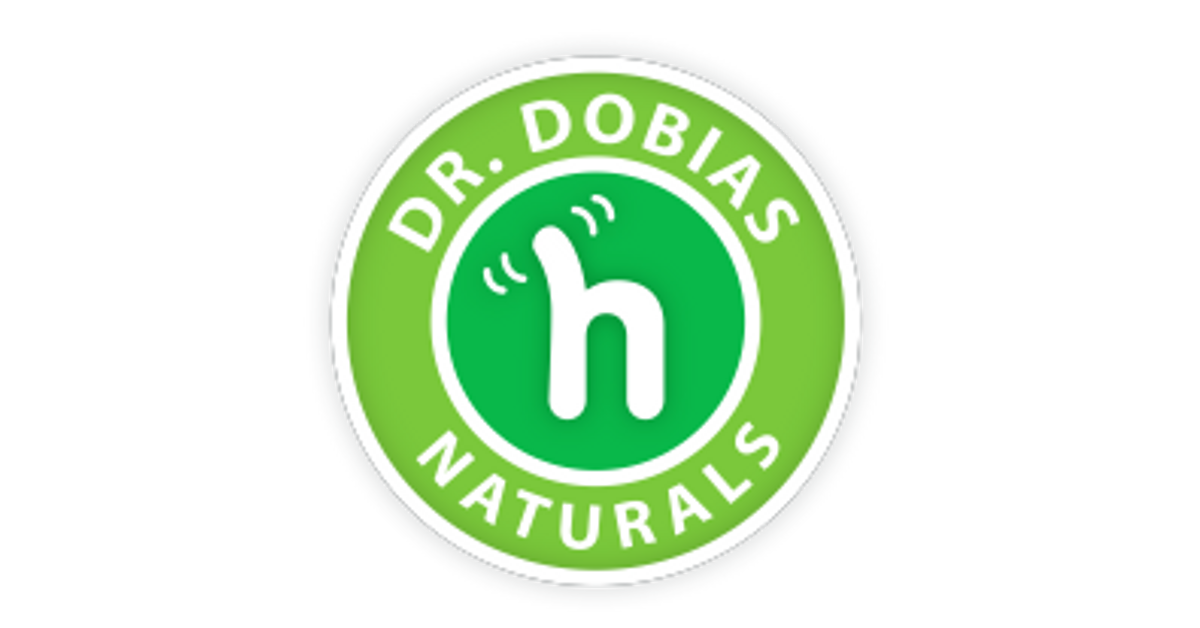
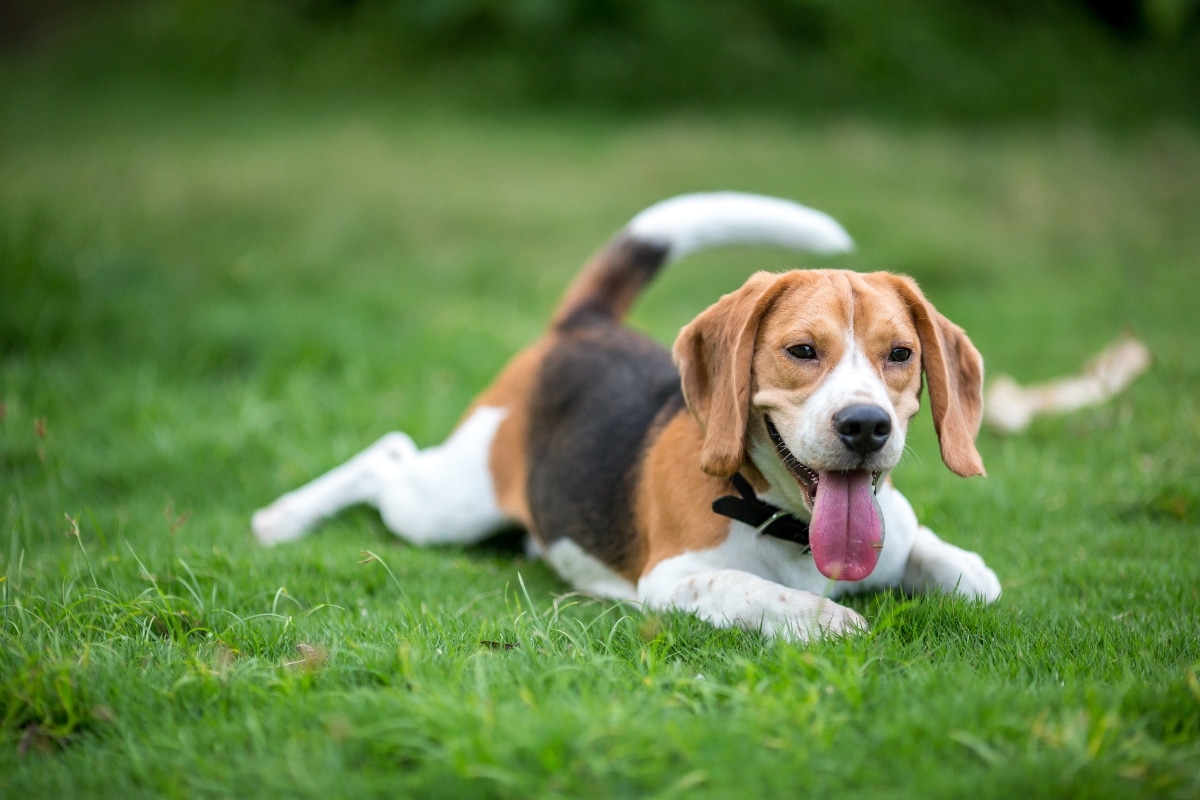
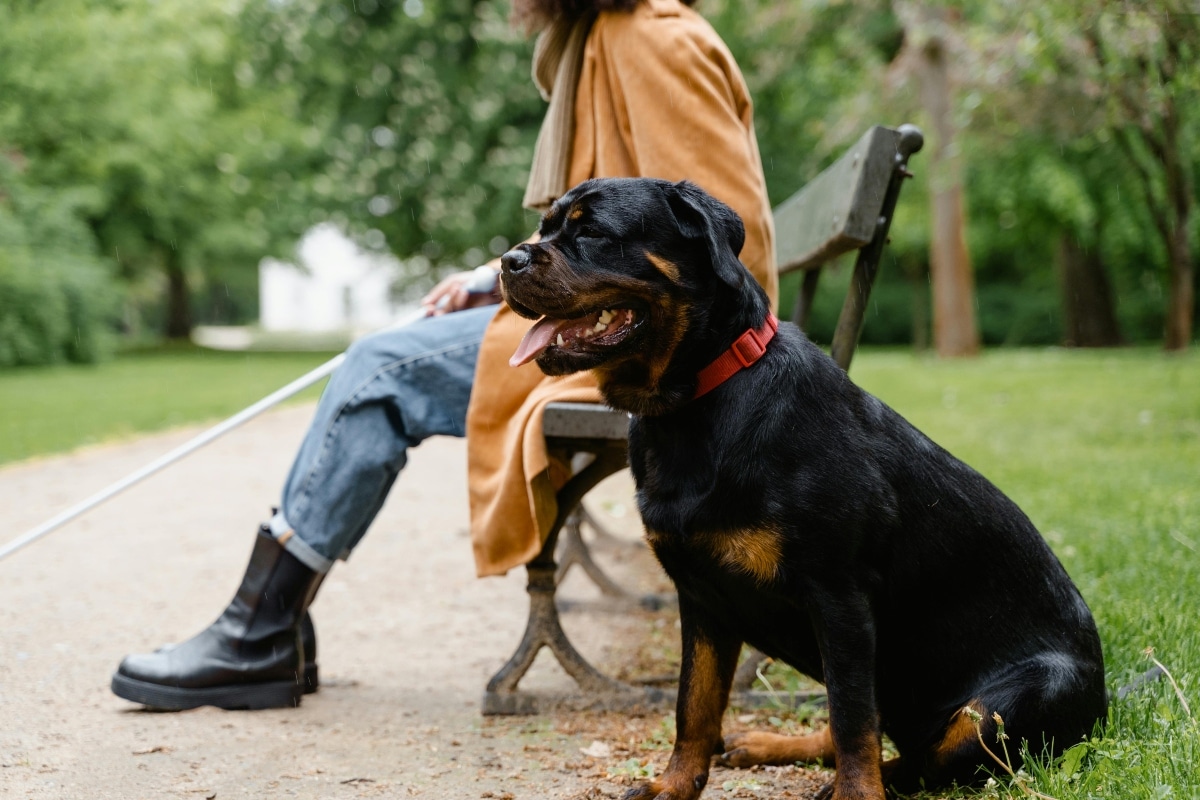
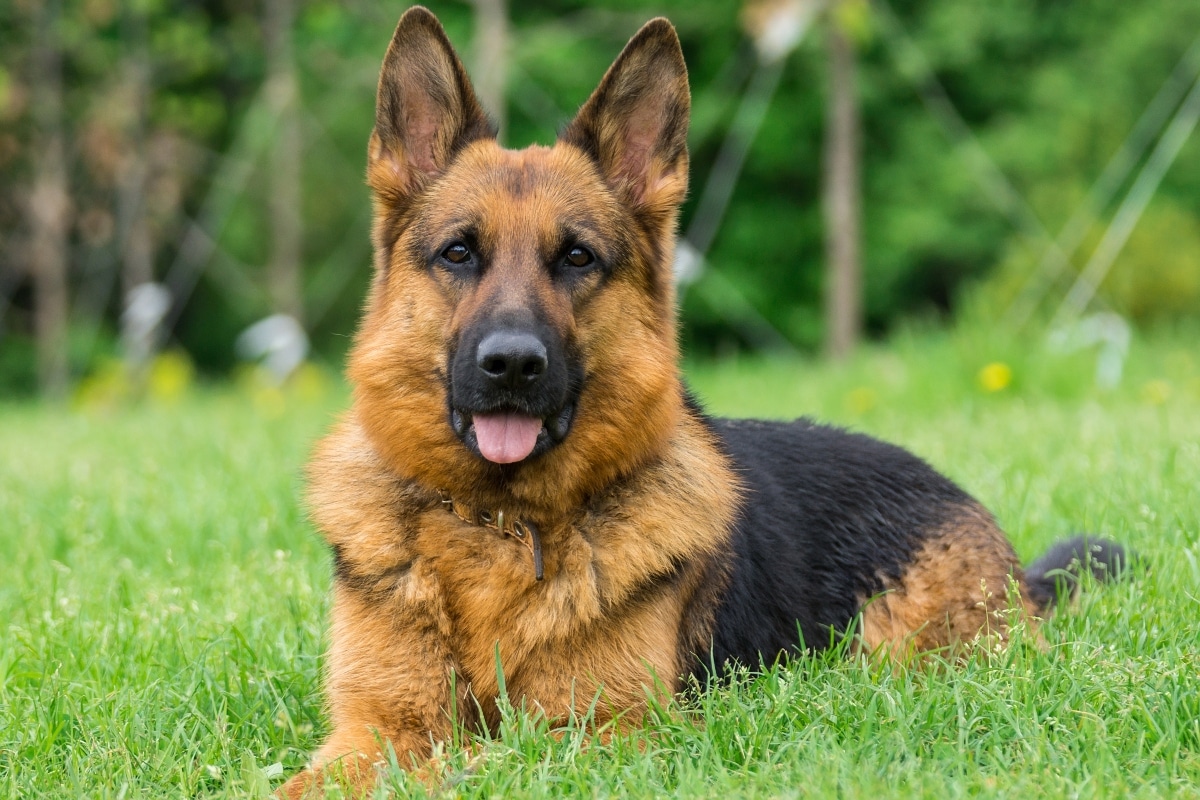


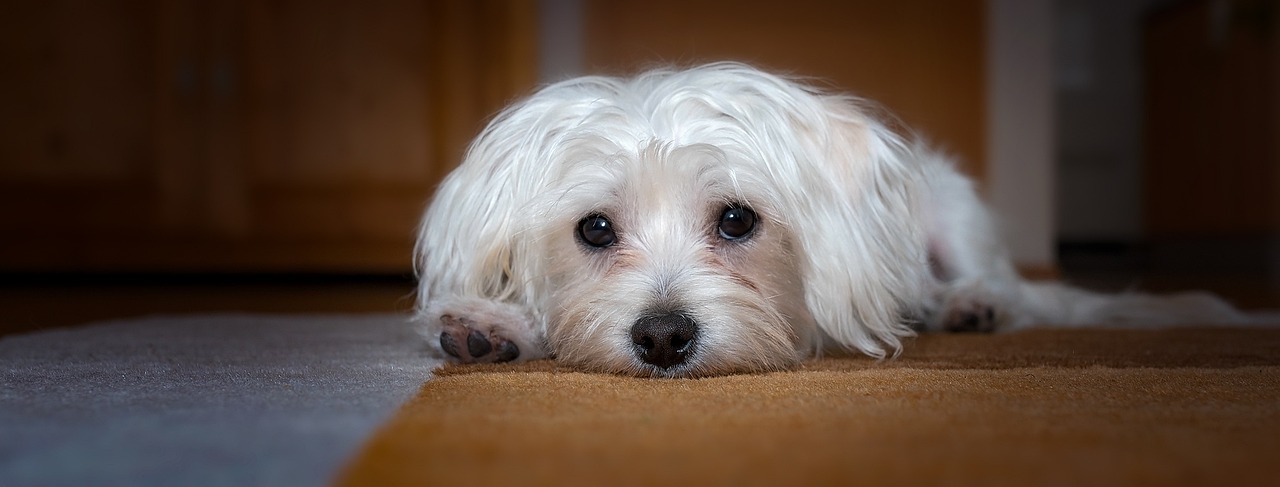



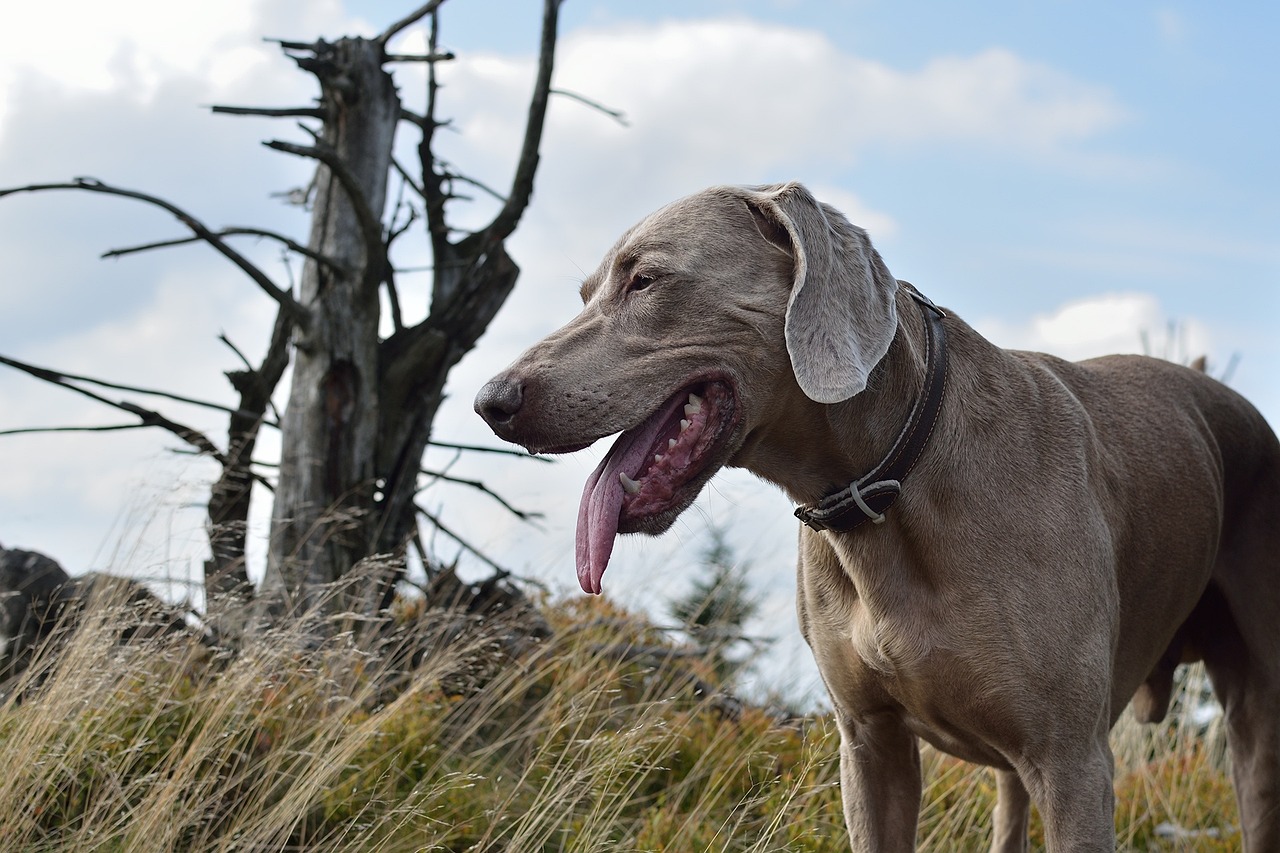
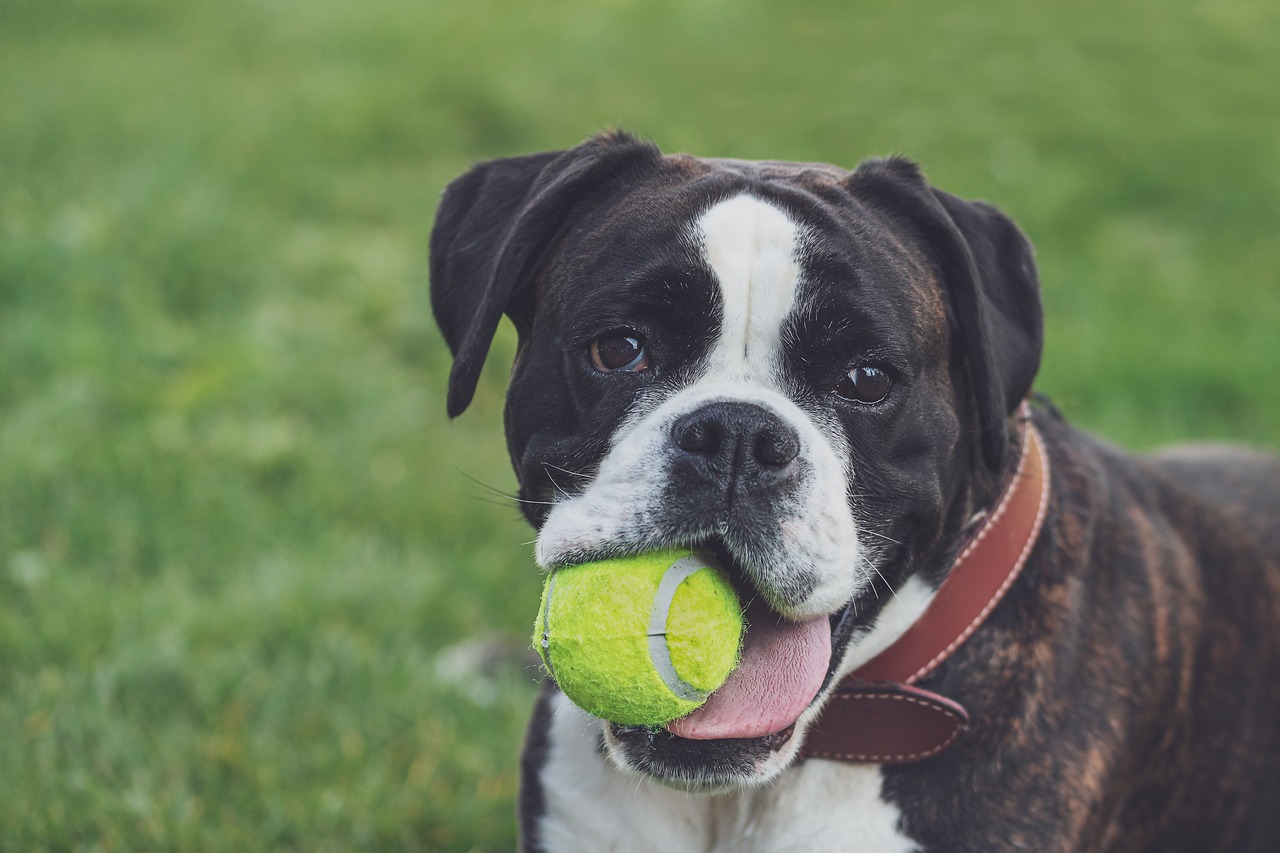

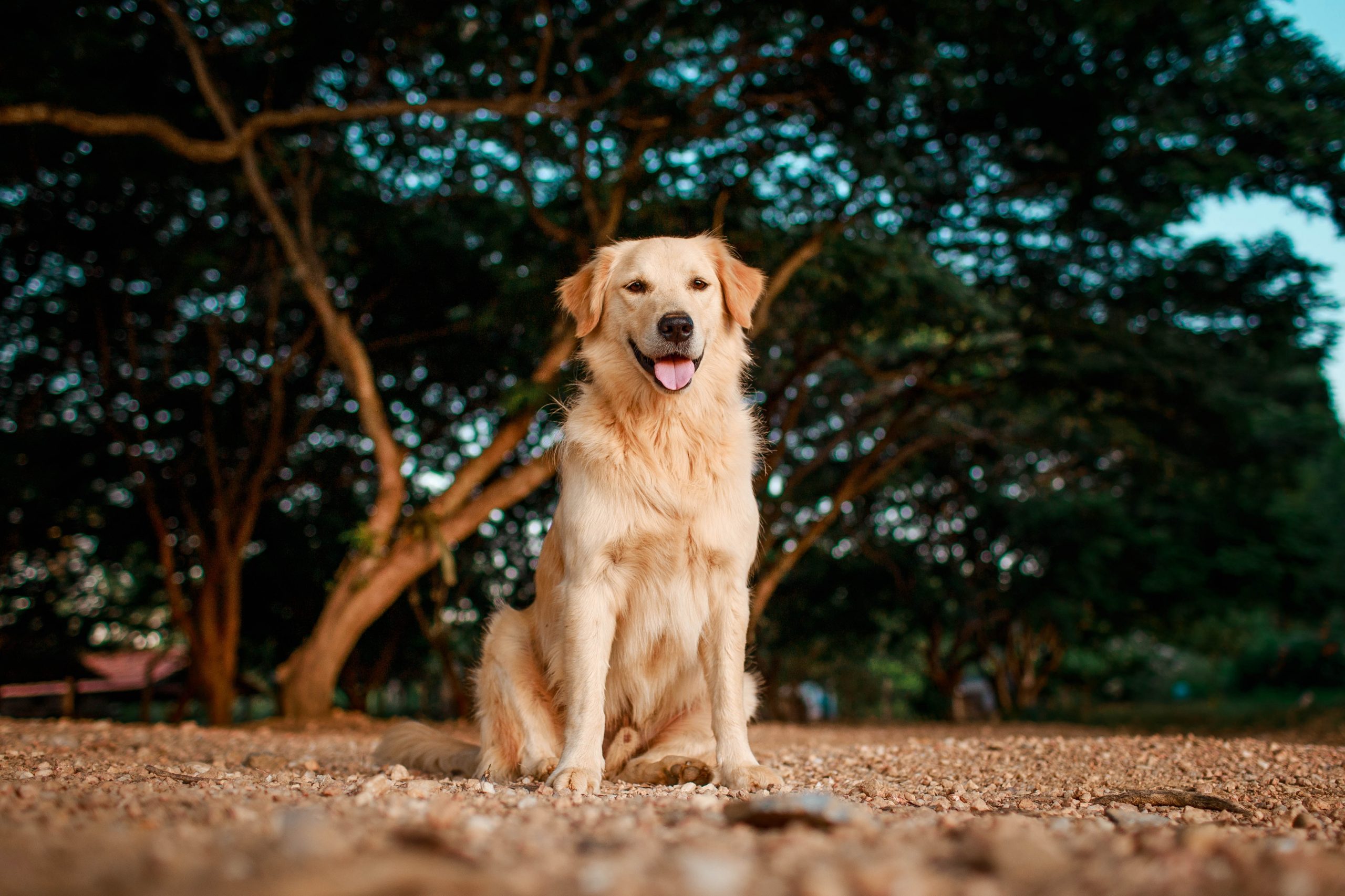

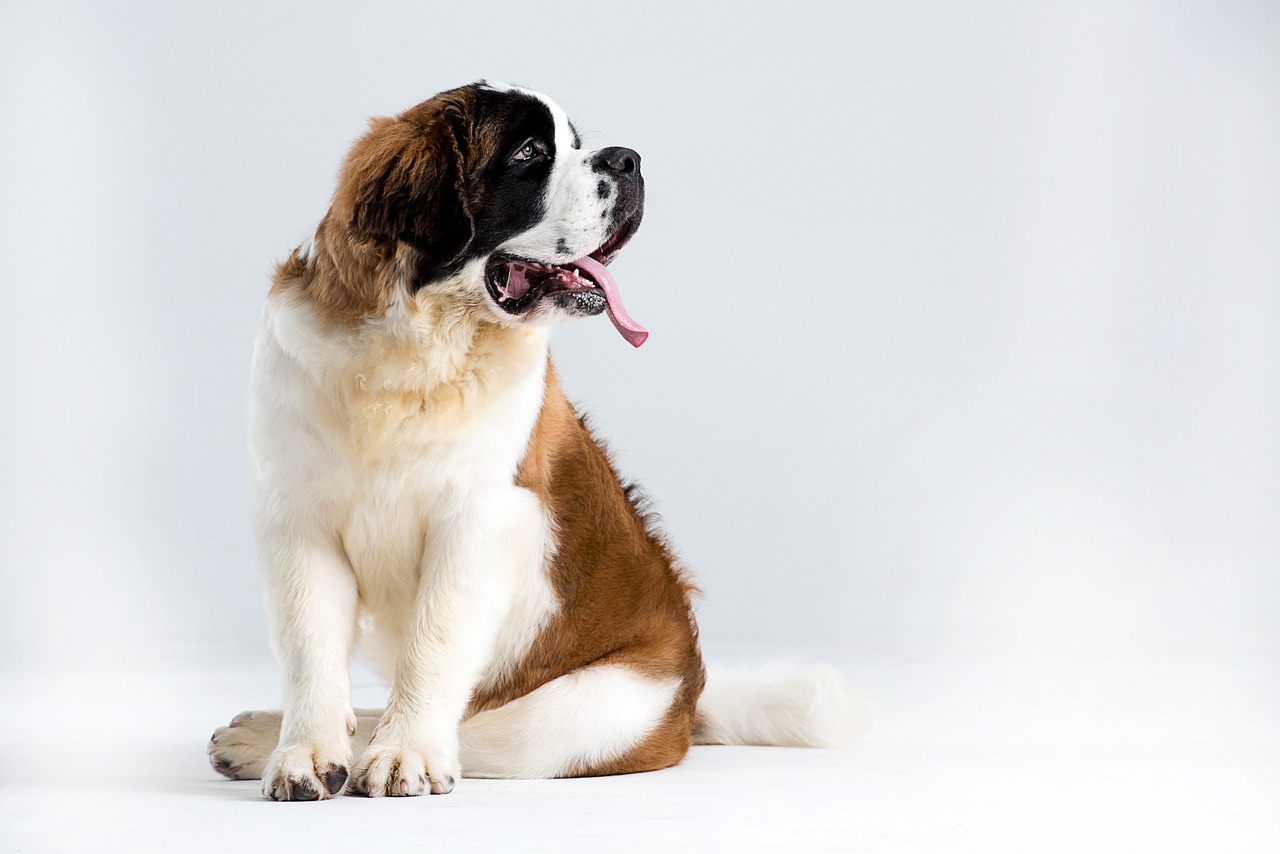
 English (US) ·
English (US) ·